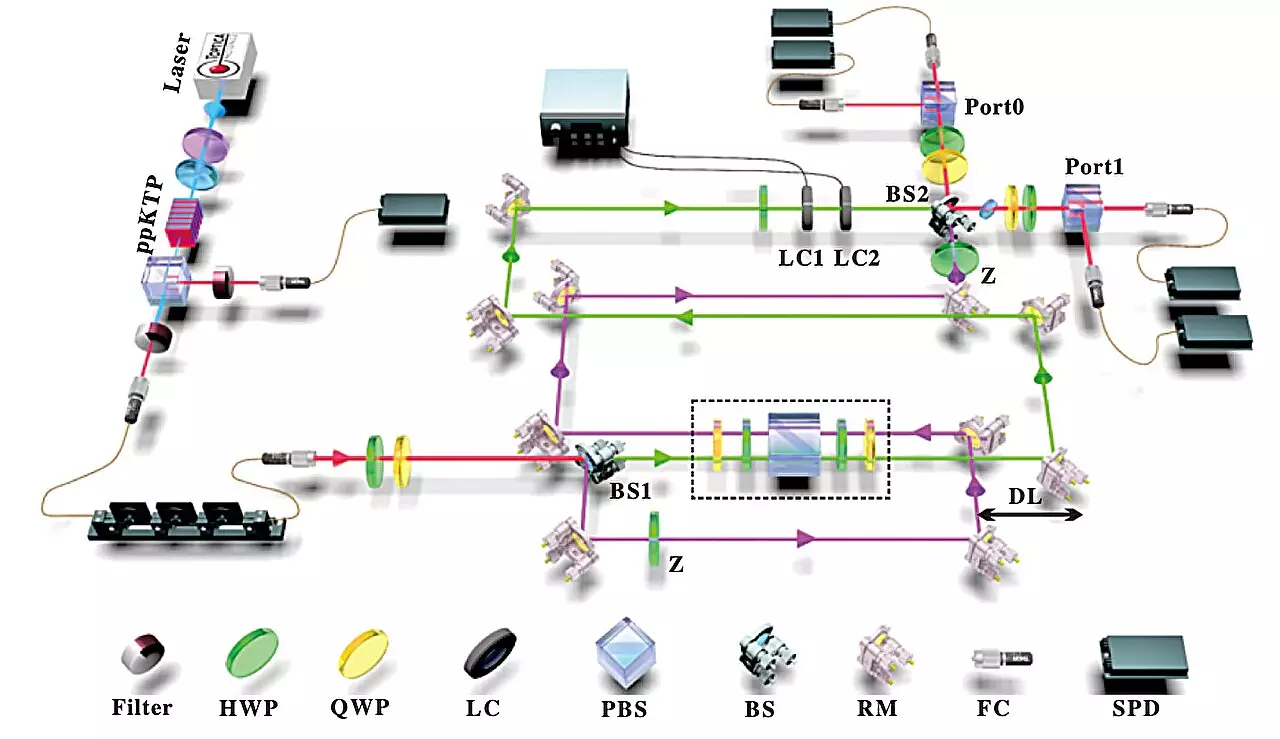Understanding the concept of time reversal symmetry in quantum evolution is crucial for advancing quantum information and photonic technologies. A recent study published in Physical Review Letters by a research team led by academician Guo Guangcan, Prof. Li Chuanfeng, and Prof. Liu Biheng from the University of Science and Technology of China (USTC) sheds light on the benefits of coherent superposition of quantum evolution with two opposite directions in a photonic system.
The idea that time flows only from past to future is ingrained in our minds, but the laws of physics governing microscopic objects do not inherently favor one direction over another. In quantum mechanics, the equations of motion are reversible, allowing for valid evolution processes even when the time coordinate system is reversed. This presents a challenge in experimental realization of time reversal, particularly in quantum information science.
To address these challenges, the research team devised a method to construct quantum evolution processes in a photonic setup by extending time reversal to the input-output inversion of a quantum device. By exchanging input and output ports, they were able to simulate time-reversed quantum evolution, ultimately achieving a coherent superposition of quantum evolution and its inverse.
The team’s innovative approach demonstrated significant advantages in characterizing input-output indefiniteness and quantum channel identification. By quantizing the evolution time direction, they were able to distinguish between sets of quantum channels with a success probability of 99.6%, surpassing the success rate of traditional strategies based on definite time direction.
The study highlights the potential of input-output indefiniteness as a valuable resource for advancements in quantum information and photonic quantum technologies. By leveraging time reversal symmetry, researchers can explore new possibilities in multi-time quantum states, closed timelike curve simulations, and unknown quantum evolution inversions.
The research team’s successful construction of a time-reversal simulator for quantum evolution in a photonic system represents a significant milestone in the field of quantum information science. By pushing the boundaries of traditional quantum mechanics, they have paved the way for future innovations in quantum technologies and information processing.


Leave a Reply